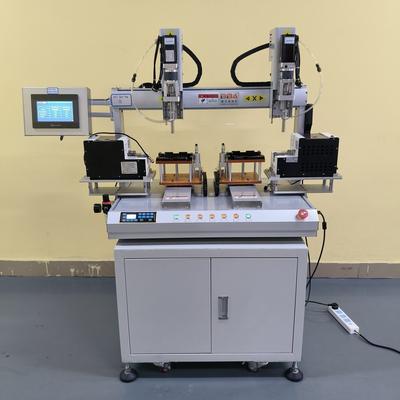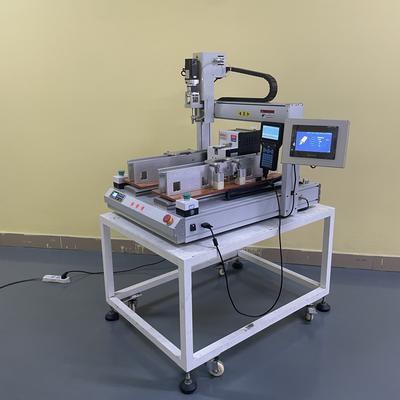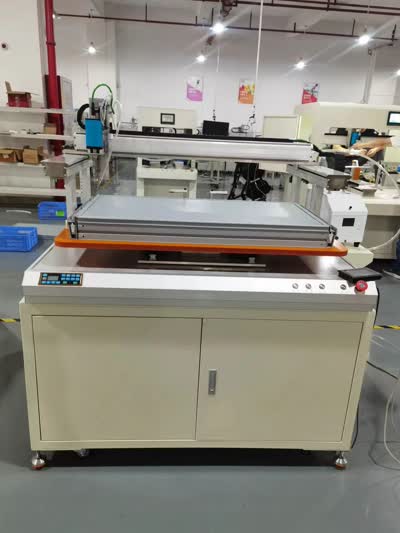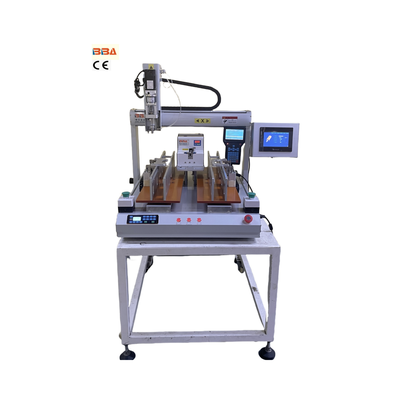Multi-Axis Screw Tightening Machines | Precision Assembly Solutions
| Product Name | Applicable industries |
| Automatic Screw Feeder | Consumer Electronics Assembly |

In the rapidly evolving world of industrial automation, multi-axis screw tightening machines have become indispensable for manufacturers aiming to enhance precision, efficiency, and productivity. These advanced machines are designed to handle complex assembly tasks with high accuracy, making them a cornerstone of modern production lines. Below, we explore the key features that set multi-axis screw tightening machines apart.
1. Multi-Axis Precision Control
One of the standout features of multi-axis screw tightening machines is their ability to operate across multiple axes simultaneously. This allows for precise positioning and tightening of screws in complex assemblies, reducing the risk of misalignment or cross-threading. Advanced servo-driven systems ensure consistent torque application, even in high-speed production environments.
2. High-Speed Operation
These machines are engineered for speed without compromising accuracy. With programmable motion control and synchronized axis movements, multi-axis screw tightening systems can significantly reduce cycle times in assembly lines. This is particularly beneficial for industries with high-volume production demands, such as automotive and electronics manufacturing.
3. Versatility in Applications
Multi-axis screw tightening machines are highly adaptable to various applications. They can accommodate different screw sizes, materials, and tightening requirements, making them suitable for diverse industries. Modular designs allow for quick reconfiguration, enabling seamless integration into existing production setups.
4. Real-Time Monitoring and Data Logging
Modern multi-axis machines are equipped with real-time monitoring systems that track torque, angle, and other critical parameters during the tightening process. This data is logged for quality control and traceability, ensuring compliance with industry standards. Alerts can be triggered for deviations, enabling immediate corrective actions.
5. Compact and Ergonomic Design
Despite their advanced capabilities, these machines are designed to occupy minimal floor space. Compact layouts and ergonomic configurations make them easy to integrate into tight production areas, optimizing workspace efficiency. Some models feature collaborative robot (cobot) compatibility for enhanced flexibility.
6. Energy Efficiency
With energy consumption being a critical consideration, multi-axis screw tightening machines are built to minimize power usage. Efficient motor designs and intelligent power management systems reduce operational costs while maintaining peak performance.
Conclusion
Multi-axis screw tightening machines represent a leap forward in industrial automation, combining precision, speed, and adaptability. Their advanced features enable manufacturers to achieve higher throughput, improved product quality, and reduced operational costs. As industries continue to demand smarter and more efficient solutions, these machines will remain at the forefront of assembly technology.


